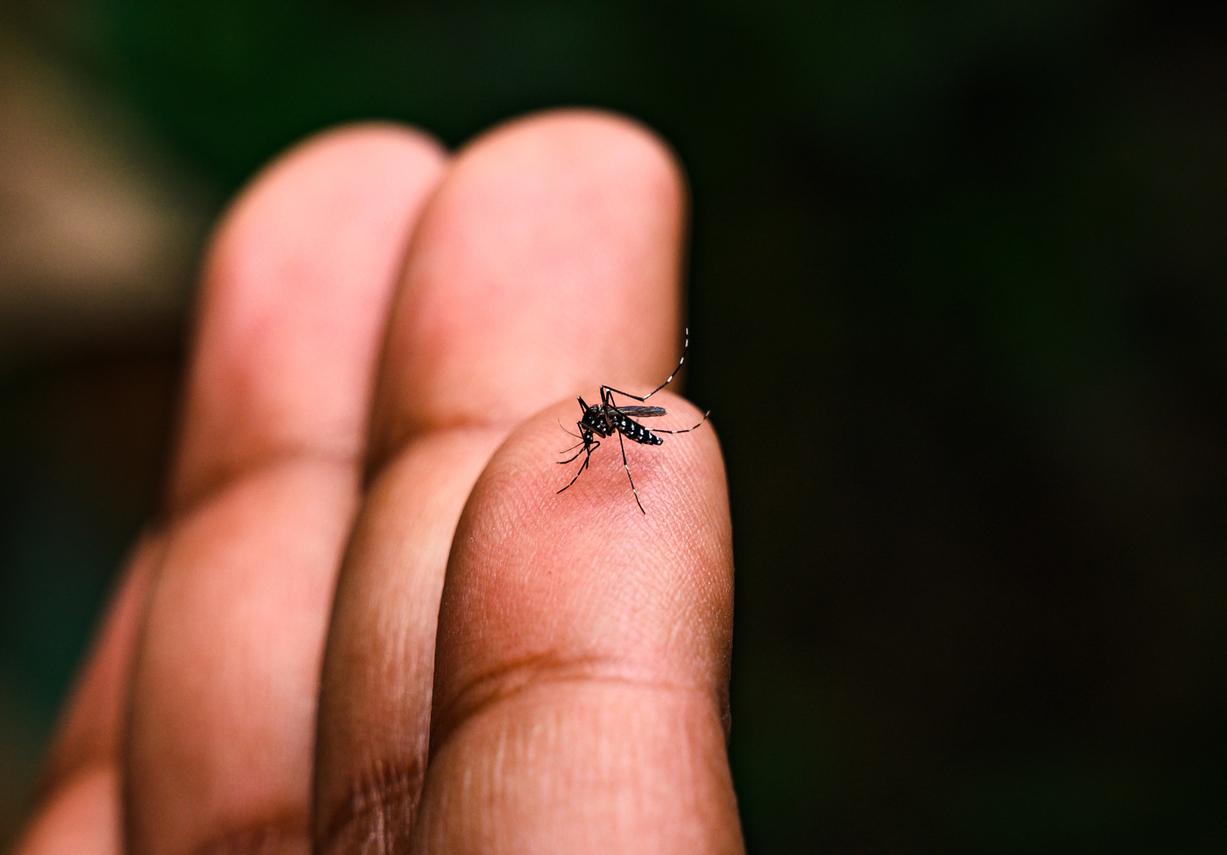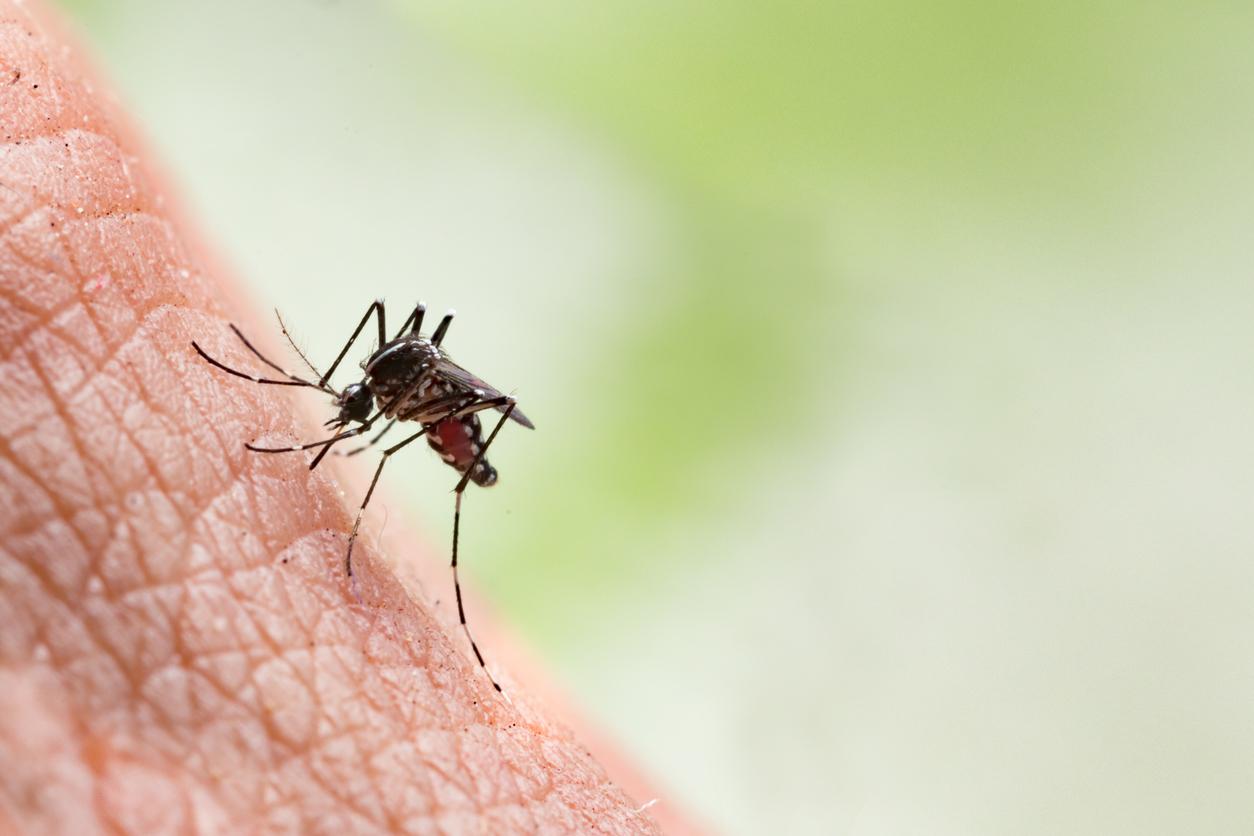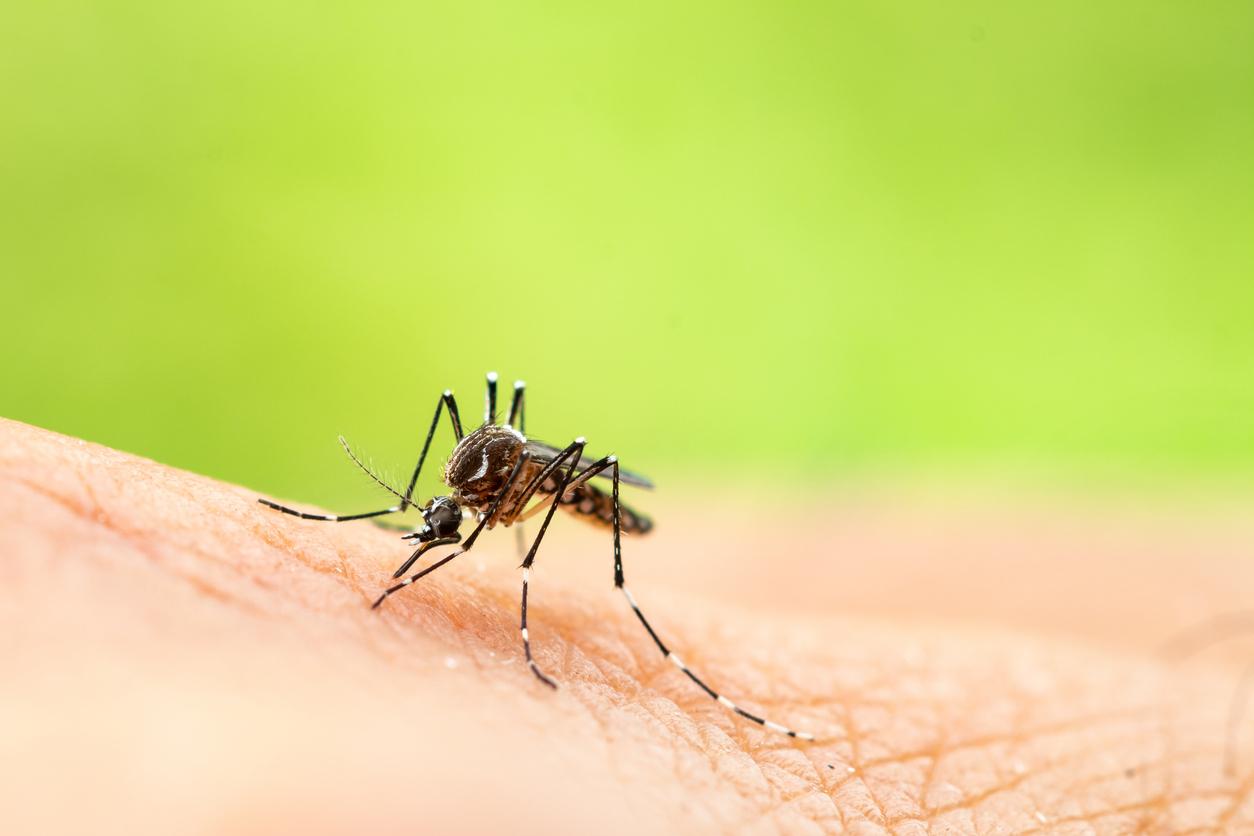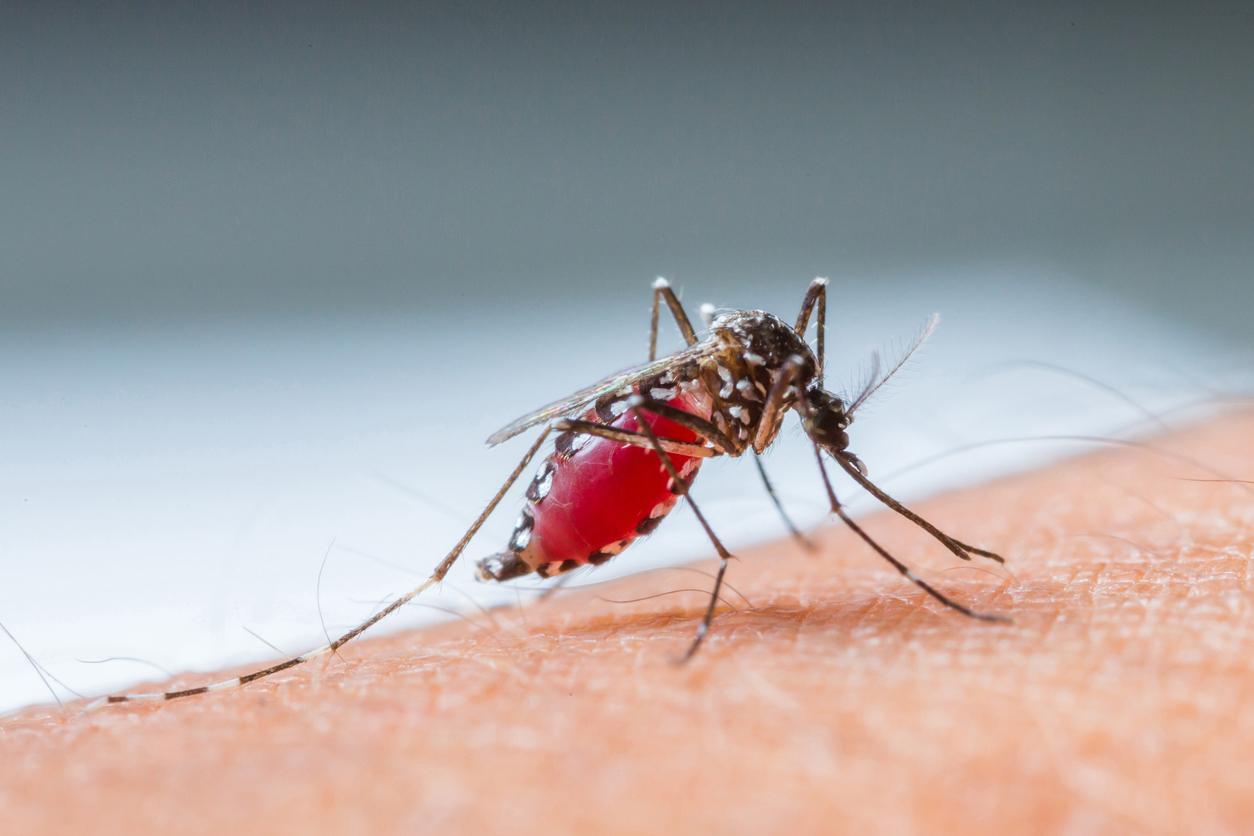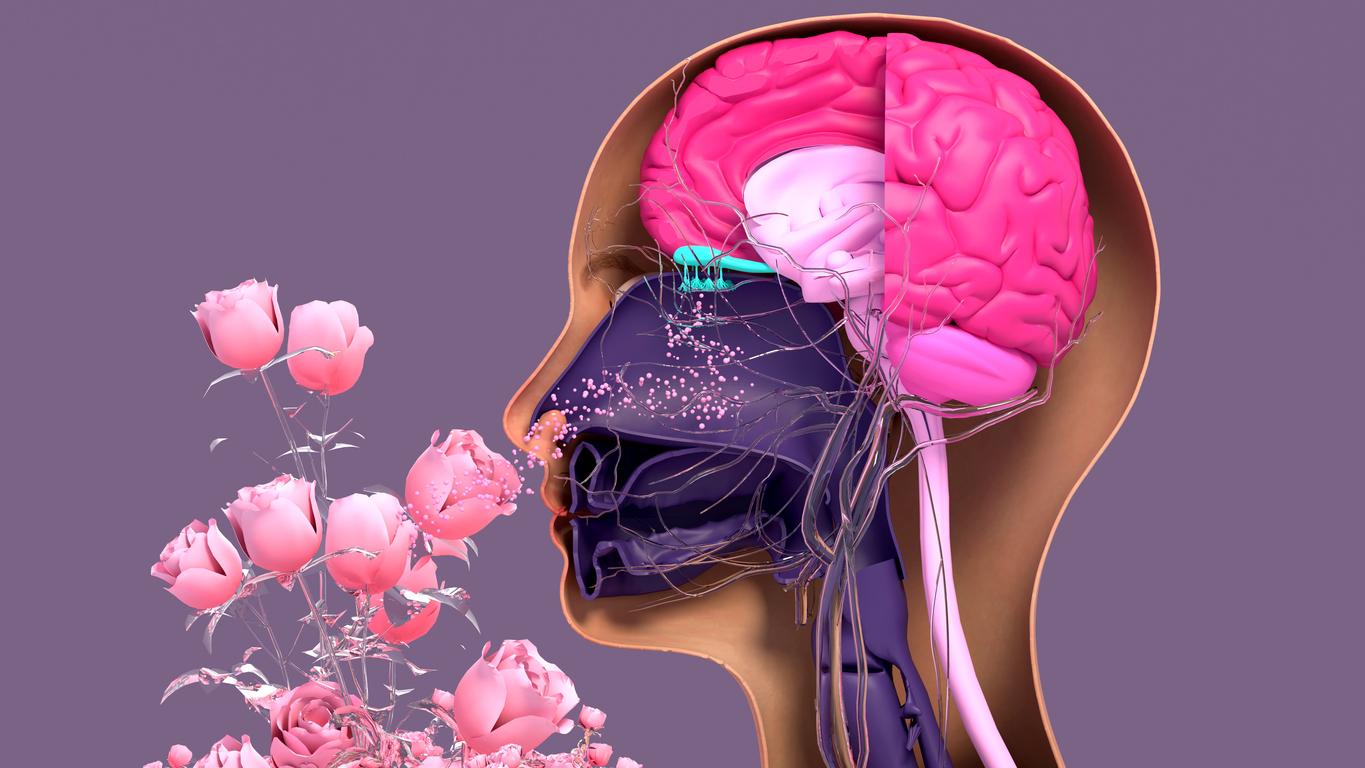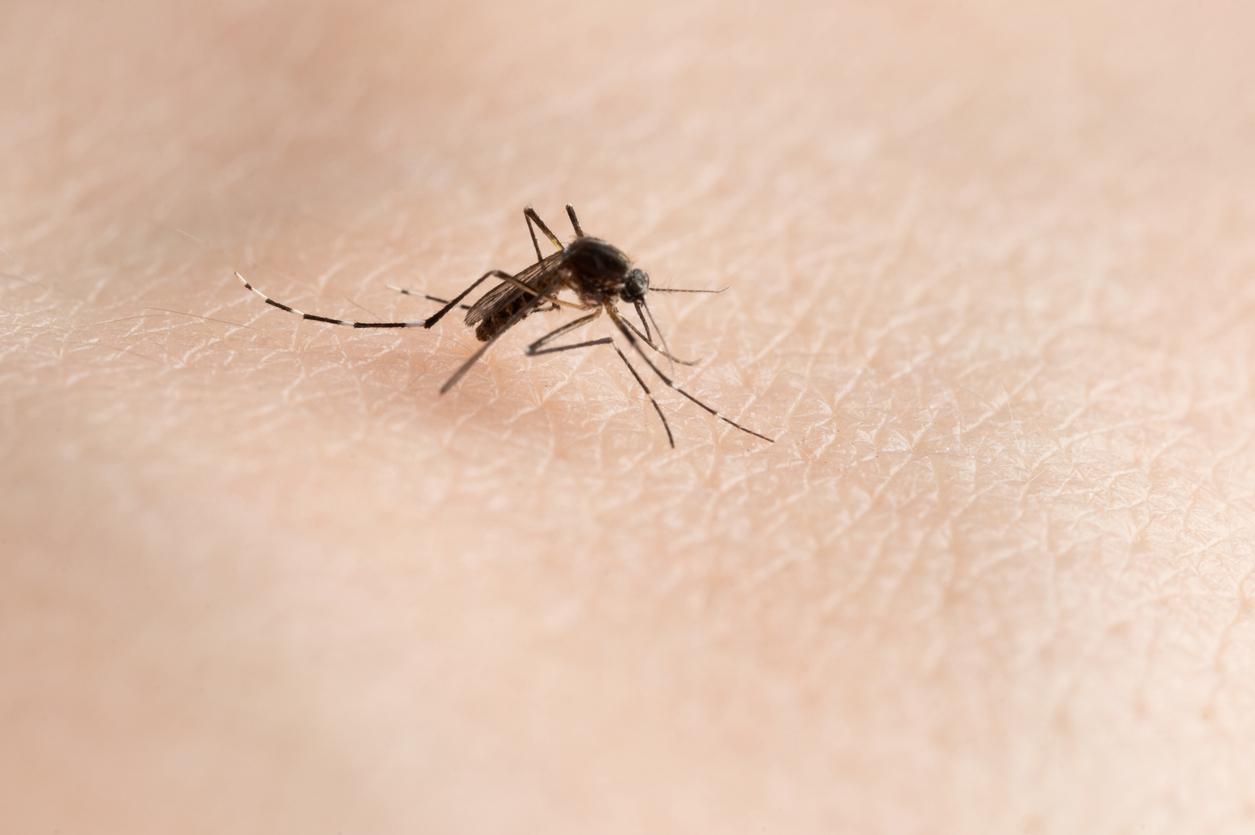Receptors located on the antennae of mosquitoes would play an important role in the ability of insects to detect more “interesting” odors.
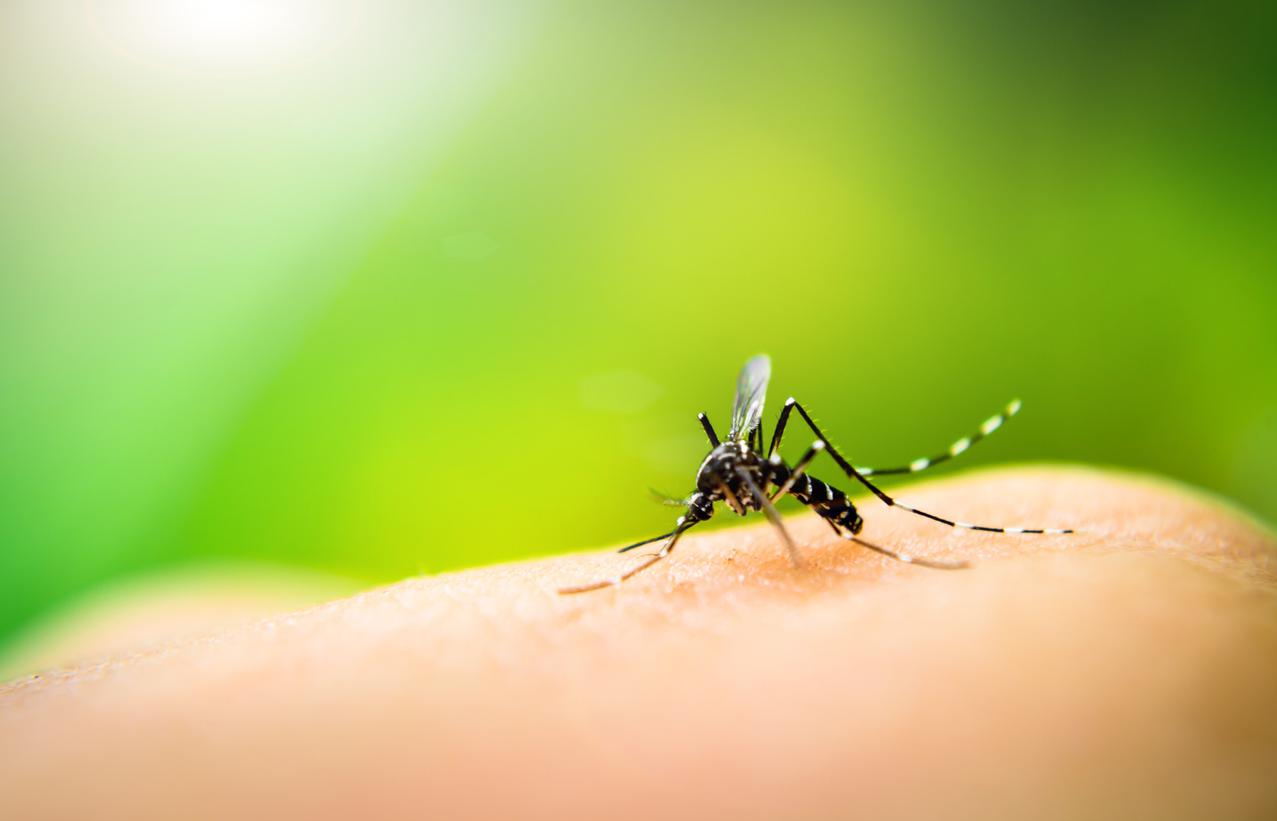
- Researchers mapped receptors located in the antennae of 10 female mosquitoes and 10 male mosquitoes.
- “Ionotropic receptors respond to amino acids. Different levels of acids on the skin could explain why some people are more attractive to mosquitoes,” according to the authors.
- The ionotropic receptors have been identified in the distal part, ie farthest from the head, and the proximal part, ie near the head, of the antennae.
Why are mosquitoes more attracted to some people than others? This is the question that researchers from Johns Hopkins University School of Medicine (United States) wanted to answer. For this, they carried out a study published in the journal Cell Reports. In the work, the scientists mapped receptors hidden in the tube-like segmented antennae of 10 female mosquitoes and 10 male mosquitoes. These receptors, present on the nerve cells of insects, would be able to refine their ability to detect particularly “welcoming” odors on the skin of human beings.
“Understanding the molecular biology of mosquito odor detection is essential for developing new ways to avoid bites and the serious illnesses they cause,” said Christopher Potter, professor of neuroscience and author of the research. In a statement, the team recalled that mosquitoes detect odors mainly through their antennae. Several cohorts have shown that variations in odors, heat, humidity and carbon dioxide are factors that attract them to some people more than others.
Mosquitoes: ionotropic receptors would encourage them to prefer certain types of skin
But, according to Christopher Potter, these insects use several senses to choose their prey. For example, a family of mosquitoes responsible for malaria, named Anopheles gambiaehas three types of receptors on the surface of the neurons of its organs: odor receptors, taste receptors and ionotropic receptors.
“Olfactory receptors are the most studied and are thought to help mosquitoes distinguish between animals and humans. Taste receptors sense carbon dioxide. Ionotropic receptors respond to amino acids, compounds found on skin. It is thought that different levels of particular acids on the skin could explain why some people are more attractive to mosquitoes than others.”explained the researcher.
Ionotropic receptors present in the distal and proximal part
As part of the study, the authors searched for ionotropic receptors in mosquito antennae. To find the neurons expressing these receptors, they used a technique called “fluorescent in situ hybridization”, which makes it possible to identify not the receptors themselves, but genetic material. Finding RNA bound to ionotropic receptors means that neurons are most likely producing them.
The team identified the majority of ionotropic receptors in the distal part of the antennae, which is furthest from the insect head. However, she also found that the antennae had more ionotropic receptors in the proximal part, namely near the head, of mosquitoes. “Mosquito antennae are more complex than previously thought,” concluded Christopher Potter.








